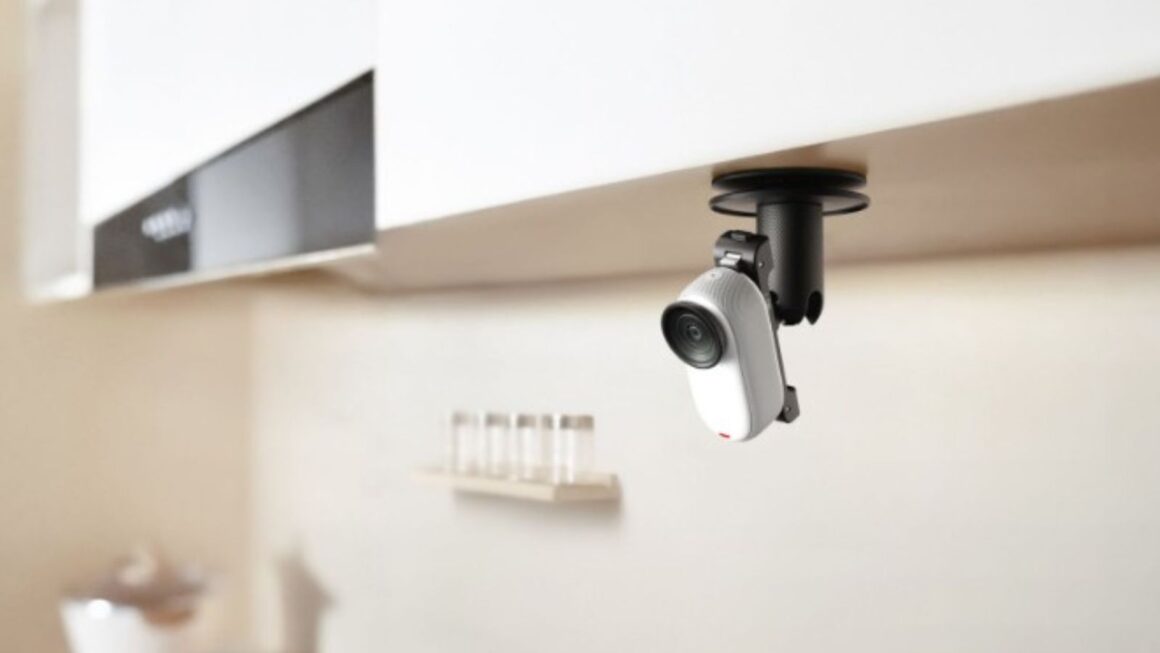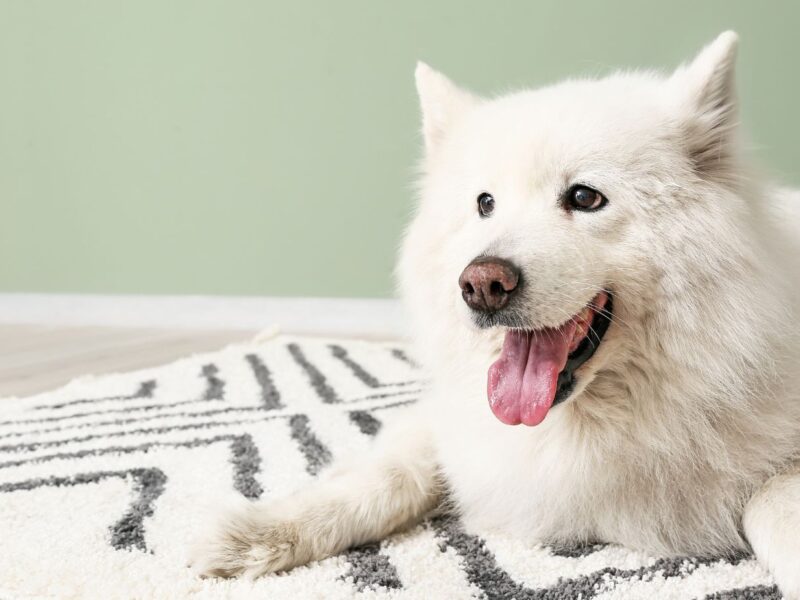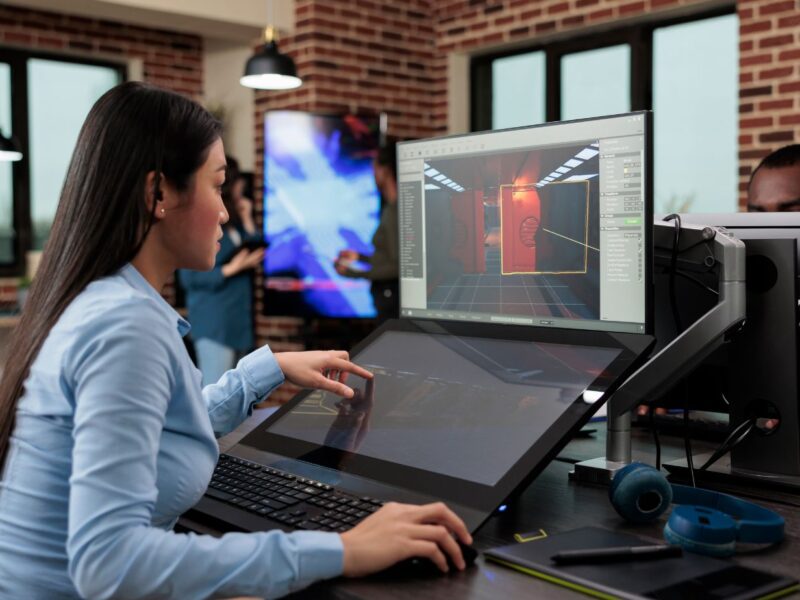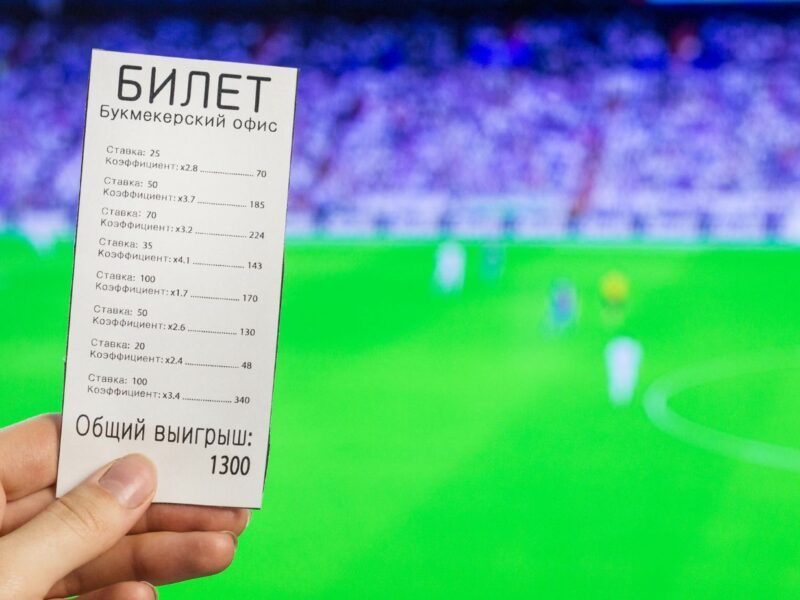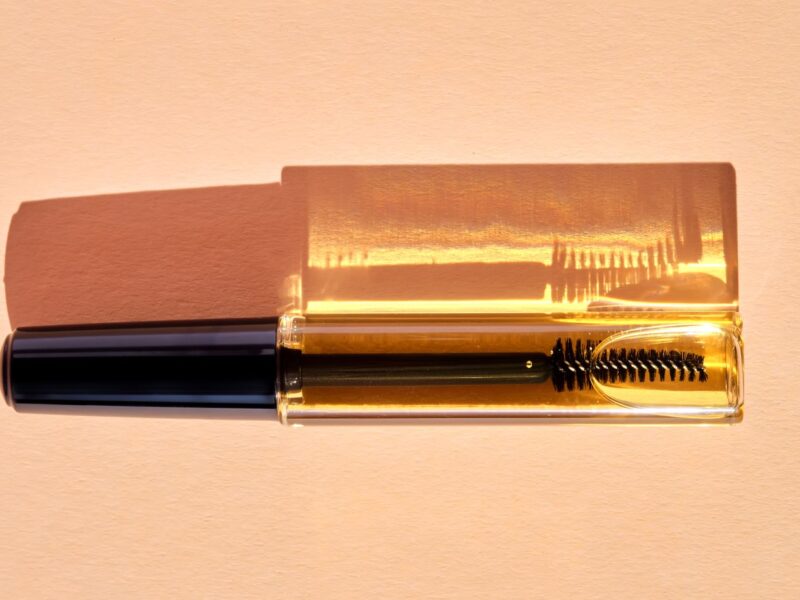Table of Contents
- Understanding Indoor Low-Light Challenges
- Core Technical Factors in Low-Light Vlogging Cameras
- Industry Landscape of Low-Light Solutions
- Mirrorless & Interchangeable-Lens Cameras
- Smartphone-Centric and Modular Ecosystems
- Buying & Setup Checklist for Your Vlogging Camera
- Recommended Indoor Recording Settings
- Production Workflow Tips
- Conclusion
Indoor vlogging has become a popular way to share your creativity and connect with an audience. Choosing the right cameras for indoor vlogging is crucial to achieving high-quality visuals and engaging content. In this article, you’ll discover key features for a camera, including video resolution, low-light performance, and audio quality.
Understanding Indoor Low-Light Challenges
Indoor vlogging presents unique challenges due to less-than-ideal lighting conditions. Key factors like limited natural light and inadequate artificial lighting affect footage clarity.
Illumination Characteristics
Indoor lighting often has low intensity, making it necessary for low-light vlogging cameras to perform well at high ISO settings. Mixed color temperatures from various light sources require careful white balance adjustments. Spotty illumination creates bright highlights and deep shadows, challenging the dynamic range of vlogging cameras.
Typical Image-Quality Pitfalls
Common issues in low-light vlogging include increased noise at high ISOs, motion blur from slower shutter speeds, and difficulty with autofocus in dim environments. Loss of detail and color accuracy frequently occurs in darker areas. Understanding these pitfalls assists in selecting cameras that deliver superior indoor video quality.
Core Technical Factors in Low-Light Vlogging Cameras
Low-light vlogging cameras require specific technical elements to perform effectively in dim settings. Understanding these factors can enhance your indoor vlogging experience.
| Category | Description |
|---|---|
| Sensor Size & Pixel Architecture | A larger sensor captures more light, enhancing performance in low-light conditions. |
| Lens Aperture & Glass | Wide aperture lenses allow more light to reach the sensor, crucial for indoor video quality. |
| ISO Pipeline & Noise Processing | ISO sensitivity amplifies light in the sensor, while advanced noise reduction maintains clarity at high ISO levels. |
| Stabilization & Autofocus | In-body image stabilization minimizes shake, ensuring smoother footage during handheld vlogging. |
Industry Landscape of Low-Light Solutions
Low-light vlogging cameras face unique challenges. Often, indoor environments lack sufficient lighting. Choosing the right features can significantly improve video quality.
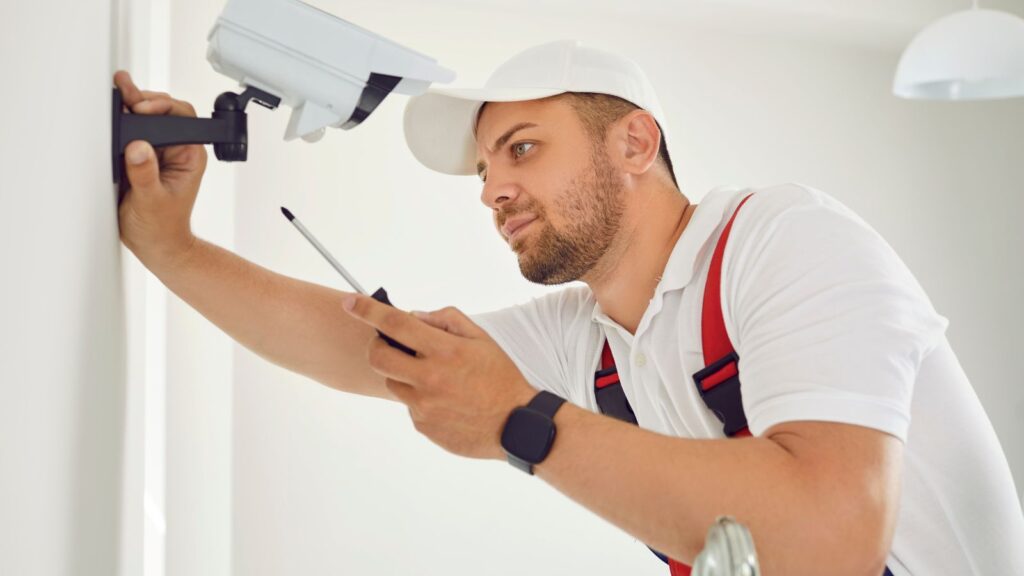
Compact Action & 360° Systems
Compact action and 360° systems stand out for indoor vlogging. Their versatility allows for creative angles and smooth footage, which is crucial for dynamic storytelling.
Insta360 Ace Pro 2
This system offers advanced low-light capabilities. It features a wide aperture and an optimized sensor for capturing clear images in dim settings. Its stabilization reduces blur and enhances video smoothness, making it ideal for handheld shooting.
Insta360 X5camera
Another option designed for low-light performance, this system includes a high-quality sensor and efficient noise reduction technology. These components help produce clear, vibrant footage in various indoor conditions. Creative shooting options, like 360° video, expand possibilities for unique indoor content.
Explore the features in detail. Compare specifications like sensor size, aperture settings, and stabilization systems. Such insights guide you toward the best choice for your vlogging needs.
Mirrorless & Interchangeable-Lens Cameras
Mirrorless and interchangeable-lens cameras are strong contenders for indoor vlogging cameras. They combine exceptional image quality with flexibility suited to low-light conditions.
Key Features
- Image Quality & Low-Light Performance
Larger sensors capture more light, enhancing video clarity in dimly lit environments.
- Lens Flexibility
Lenses with wide apertures of f/1.8 or wider enhance low-light performance and create attractive background blur.
- Accessory Support
Ports for microphones and lighting enhance audio and visual quality.
- Portability
These cameras are generally lighter and more compact than DSLRs, allowing easy handheld shooting.
Popular Models
| Camera Type | Key Features | Resolution | Video Capability |
|---|---|---|---|
| Mirrorless Camera | Interchangeable lenses, high-resolution sensors | 20MP+ | Up to 4K at 30fps |
| Compact Camera | Fixed lens with good stabilization | 12MP+ | 4K video with no crop |
Selecting a good Insta360 vlogging camera can significantly shape your indoor content. Consider your specific needs regarding video quality, low-light capabilities, and portability. What aspects matter most to you?
Smartphone-Centric and Modular Ecosystems
Smartphones and modular accessories serve as effective tools for indoor vlogging. They offer convenience and simple connectivity, allowing easy editing and streaming.
Key Advantages
- High-Quality Video: Many smartphones support 4K and higher recording, which is suitable for professional-looking content.
- Modular Add-ons: Accessories like lenses, stabilizers, and ring lights enhance overall production quality, making setups more versatile.
- User-Friendly Interfaces: Most mobile devices feature intuitive controls, simplifying adjustments for lighting and framing.
- Export and Sharing: Seamless file transfer options mean you can quickly share content across platforms.
Examples of Modular Features
- Interchangeable Lenses: Create various shooting styles for unique angles and depth of field.
- Stabilization Options: Ensure smooth footage when filming indoors, reducing motion blur.
- Audio Options: Connect external microphones for clearer sound, supporting higher-quality audio.
Focusing on smartphone-centric ecosystems can help you create dynamic and engaging indoor vlogs with easier access to essential features.
Buying & Setup Checklist for Your Vlogging Camera
Having the right camera can really level up the quality of your vlogs. Whether you’re sharing on YouTube or other social media platforms, look for features like good resolution, smooth frame rates, and solid image stabilization. Fast autofocus and decent low-light performance also help a lot, especially when you’re filming on the go. These details can really make your videos feel more polished and enjoyable to watch.
Key Spec Targets
Sensor ≥1/1.3″
Choose cameras with sensors measuring at least 1/1.3 inches for improved low-light performance. This increases image clarity and detail in dim settings.
Aperture f/2.8 or wider
Opt for lenses with an aperture of f/2.8 or wider. This allows more light to enter and clearer images during indoor filming.
ISO 6400 usable
Ensure the camera supports ISO settings up to 6400. This capability is crucial for reducing noise in lower light conditions.
Built-in stabilization
Look for built-in stabilization, either in-body or optical. This feature minimizes shake, providing smoother footage in handheld shots.
Log/flat profile
A log or flat video profile aids in color grading during post-production, allowing for greater flexibility in editing.
Mic input for controlled audio
Incorporate a camera with a microphone input. This enhancement ensures that external microphones can be connected for superior audio quality.
Recommended Indoor Recording Settings
To achieve the best results in indoor vlogging, adjust these settings on your camera.
| Category | Description |
|---|---|
| Downsample: Use 5.7K Instead of 8K | Choosing 5.7K resolution enhances sensitivity in low-light conditions, resulting in better detail and less noise. |
| ISO Start: 800 | Starting at ISO 800, light sensitivity and noise management are balanced for clearer video. |
| Shutter: 1/60 sec at 30 fps | A shutter speed of 1/60 sec at 30 fps captures motion smoothly while allowing sufficient light intake. |
| Lock White Balance: 3200–4000K Under LEDs | 3200 K suits tungsten LEDs; many daylight LEDs are 5600 K. A custom Kelvin setting or preset matched to the actual lamp temperature is safer. |
Production Workflow Tips
Follow these practical strategies to optimize your indoor vlogging experience.
Record in Log or Flat Profile
Shooting in log or flat profiles enhances dynamic range and detail in highlights and shadows, making it ideal for low-light vlogging.
Apply Post-Processing Noise Reduction
Using noise reduction techniques during editing helps preserve skin tones and prevents color distortion, ensuring high-quality video.
Use Portable LED Panels or RGB Key Lights
Employing portable LED panels or RGB key lights that provide at least 1000 lux greatly improves indoor lighting and visual appeal.
Conclusion
Choosing the right vlogging camera is essential for great indoor videos; look for one with a larger sensor, wide aperture, good ISO performance, and built-in stabilization to ensure clear, smooth footage. These features will significantly enhance your vlogging experience.

